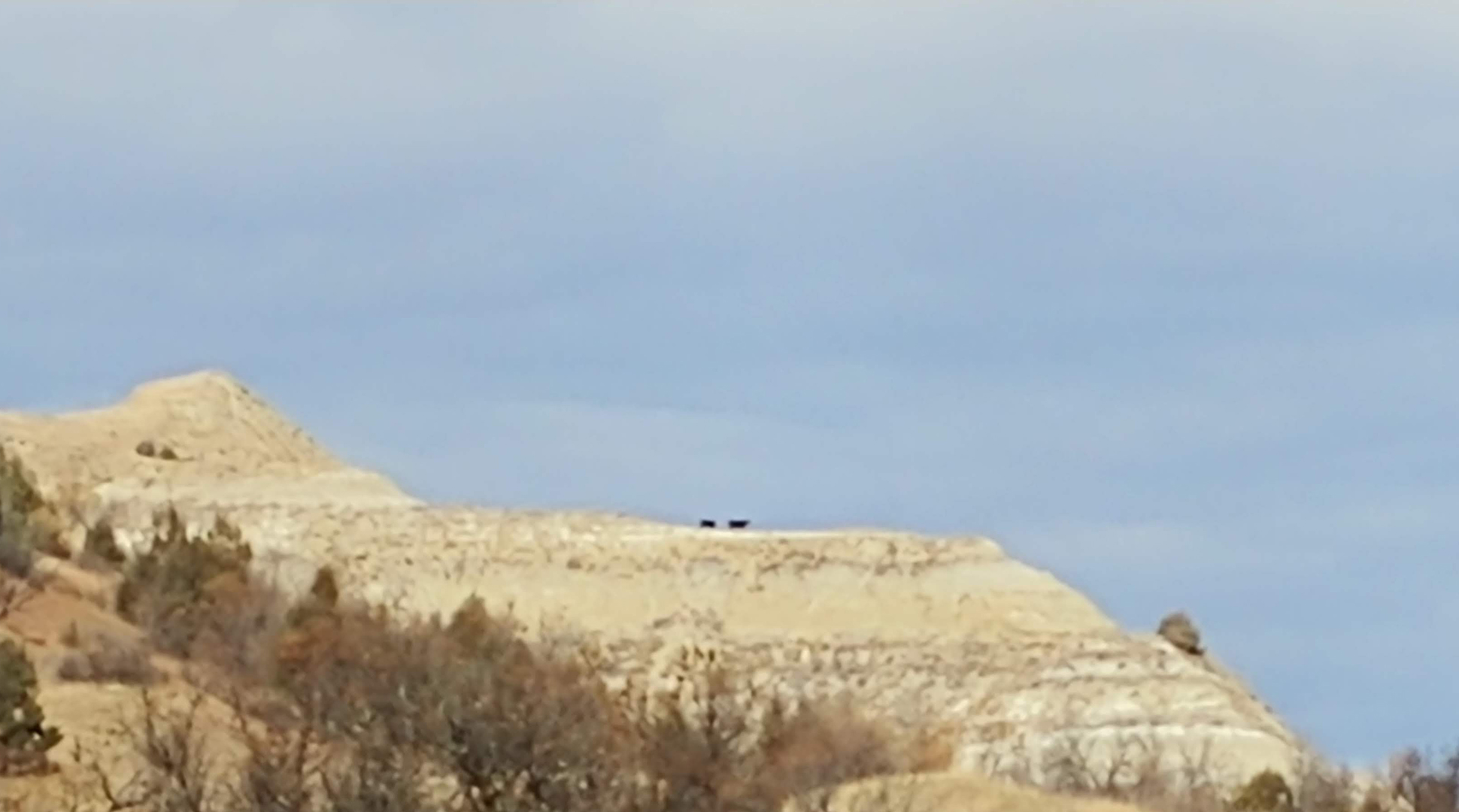by Jolyn Wasem
Happy New Year! It’s that time of year when many of us look into making some changes for our health. As I get older, I realize how important it is to be aware of my diet, what I eat, and adding some exercise to my daily routine. Exercise is usually pretty easy, pick a workout you like, and do it! But nutrition can be a hard one!
Let’s talk protein. OK, my favorite is beef! I love that it is a low calorie, nutrient dense, readily available source of protein, but which beef am I talking about? Grass-finished, grain finished, all natural, or organic? All of it! There really aren’t that many differences in the products, in terms of nutrition. Many differences are in how the animal was raised or what they were fed. Some of it is creative advertising used to make the consumer think they are getting a superior product if they choose the one with additional signage on the package.
There is a new protein on the market, a lab grown protein, and one advertising claim they make is that it is better for the environment. I beg to differ. As a rancher, I raise cattle. We utilize cattle to manage our rangeland and pastures. There are many different theories to grazing but a common one is; take half, leave half. This means you monitor your cattle grazing in your pasture, and when they have consumed half of the forage you move to the next pasture and let that one rest and recover. Properly managed grasslands have many environmental benefits for wildlife, water infiltration and encouraging native grass species to grow.
It is my job as a rancher, not only to raise cattle, but to ensure the sustainability of the natural resources we depend on. The many wildfires this past summer were a somber reminder of what can happen to non-managed lands where there is too much overgrowth and old grass.
I recently watched a video that talked about how many more crops we could raise to feed people if cattle weren’t grazing the land. That was an interesting idea, and one that made me think for a while. But one thing that wasn’t mentioned was that some of the land cattle graze isn’t suited for cropping. I run some of my cattle in the Badlands. Trying to farm that land would be next to impossible, but my cows can graze in the draws and on the sides of the clay buttes and convert that vegetation into protein for human consumption!
The pasture had 300 head of cattle in it this summer. For fun let’s say half of those were steers and would go into the food chain, so 150 animals to be used for beef. According to igrow.org one 1,200-lb. steer produces roughly 490 lbs. of beef. A serving size of cooked beef is 3 oz., so that is roughly 5.33 servings per pound. One of my steers could provide one serving of beef to more than 2,600 people! 150 steers would provide almost 400,000 servings of beef, produced on land that would otherwise not produce food for human consumption. Now think about that across the nation!
Pretty amazing, if you ask me!
